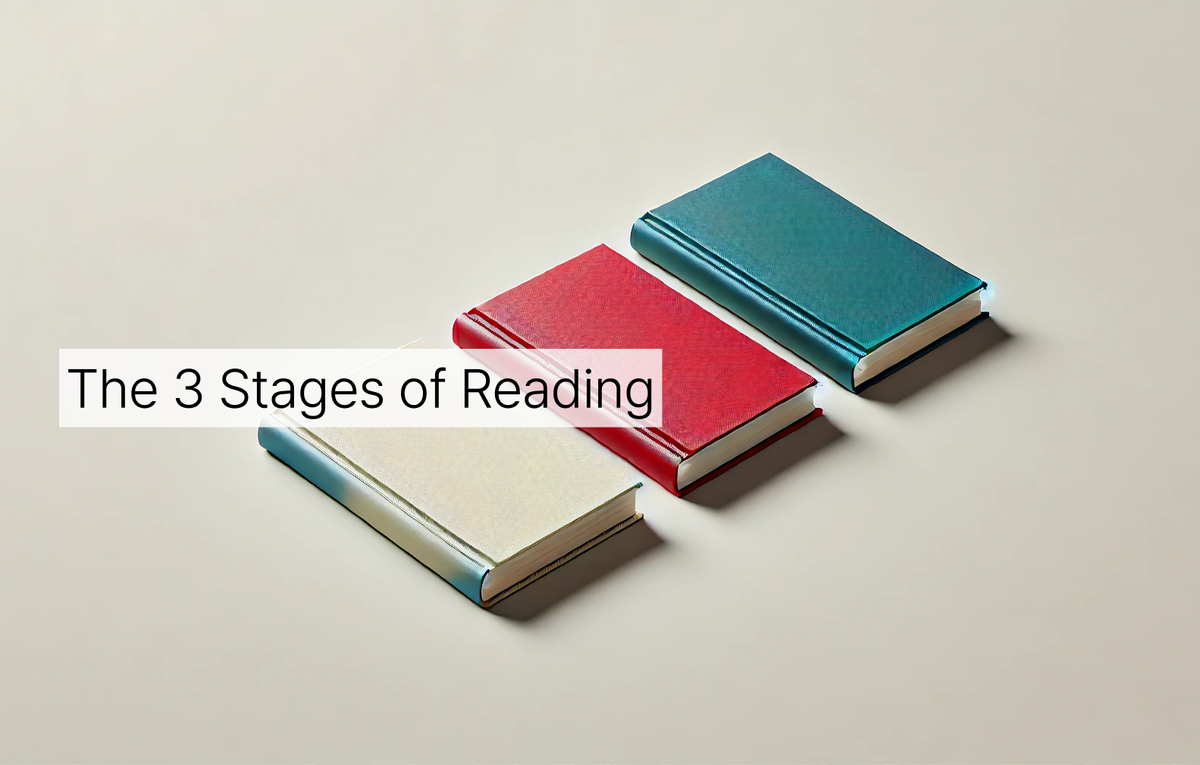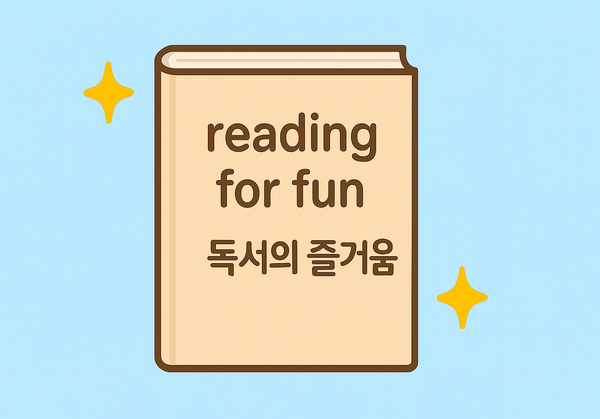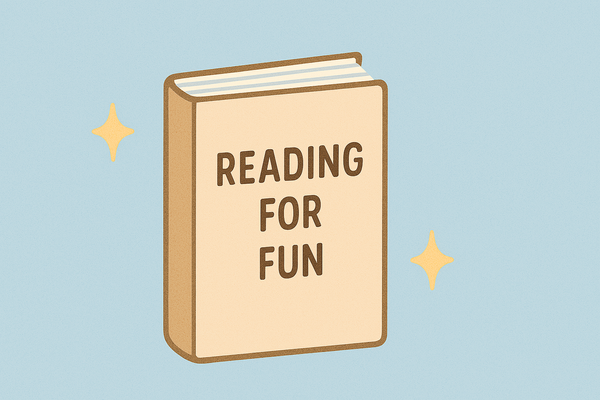The 3 Stages of Reading

Although reading can seem passive, it's important to engage with the text when learning a language or dealing with academic papers.
This will help you improve your comprehension and critical thinking skills.
Whether inside or outside the classroom, here are the three key stages of reading and the strategies you can use for each one.
Stage 1 - What is the pre-reading stage?
An effective way of learning new information is to activate what you already know.
Using familiar concepts as a foundation for understanding new material will enable you to connect the dots while you read.
Here are three strategies for the pre-reading stage:
- Learn concepts beforehand
- Get a hold of text summaries, videos, audio, or images to understand the main ideas.
- Review vocabulary
- If there are headings, scan them to get an idea of the keywords.
- Use your background knowledge
- Jot down all the ideas, thoughts, and related concepts you think of onto a piece of paper.

Stage 2 - What is the while-reading stage?
This involves staying engaged with the text when it's easy to nod off and lose your place on the page.
Try some of the following strategies to improve your understanding of a text.
- Annotate
- Highlight
- Read aloud
- Make a mind map
- Make a Venn diagram
- Identify the main ideas
Activities like mind mapping and Venn diagrams have proven successful strategies in research for learners to visualize information and improve reading comprehension.
One possible reason for this impact is that students could visualize the structure of information presented to them by breaking down complex texts into manageable parts, making it easier to process text meaning. (Nguyen & Nguyen, 2023)
Familiarize yourself with the text by making it your own. If you're not sure what strategy works best for you, have fun with it and try them all! Don't be afraid to get messy.

Stage 3 - What is the post-reading stage?
The post-reading stage is vital for readers and learners alike. Strategies like summarizing and understanding the text are helpful to learn for tests, exams, (Stone, 2013) and greater understanding and fluency.
In the reading section of the TOEFL iBT, students read academic level passages and answer multiple-choice questions focused on the reader’s ability to find ideas, understand and identify facts or details, connect ideas … identify an author’s purpose, summarize information, and organize ideas. (Stone, 2013)
To help yourself remember and understand what you've read, try using these techniques to reinforce your memory of the material.
- Summarize
- Briefly summarize the main point of the text in a sentence or two.
- Identify opinions and the author's argument
- Recall significant points that show the author's view of the text or main intention.
- List the themes
- If there is one or multiple themes in the text, try to list them.
- Self-evaluation
- If you're working with an old test paper, then going through the questions for the reading section will be beneficial.
Consider the activities a kind of book report.
If you'd like tools to practice these three stages with, check out these online resources or these recommended apps for kids.

Conclusion
By using strategies during all three stages of reading, you're likely to have a deeper understanding of the text at hand.
With improved critical thinking and these strategies under your belt, I'm confident you can reach your reading goals.
References
Nguyen, Q., & Nguyen, H. (2023). THE EFFECTS OF MIND MAPPING AT WHILE-READING STAGE ON EFL STUDENTS’ READING COMPREHENSION AT A LOCAL HIGH SCHOOL IN KIEN GIANG PROVINCE, VIETNAM. European Journal of English Language Teaching, 8(4). Accessed at: doi:http://dx.doi.org/10.46827/ejel.v8i4.5012
Stone, R. J., "A Teacher's Guide to Academic Reading: Focusing on the Academic Reading Demands of ESL Learners" (2013). Theses and Dissertations. 3882. Accessed at: https://scholarsarchive.byu.edu/etd/3882



